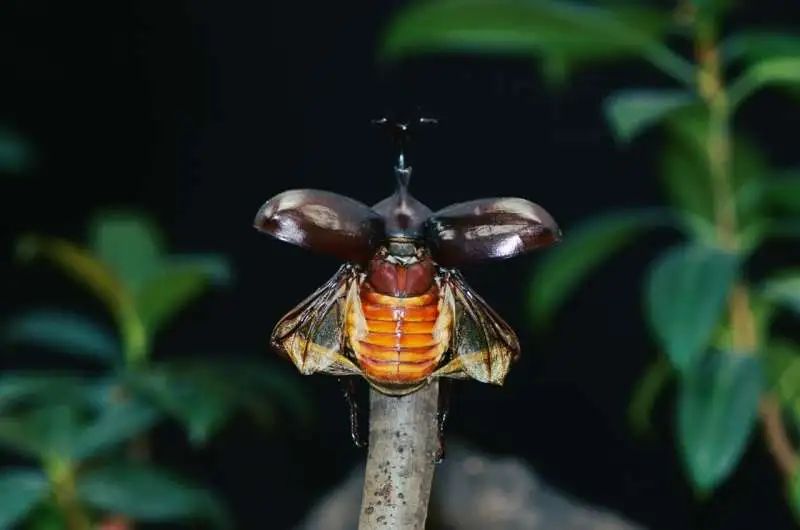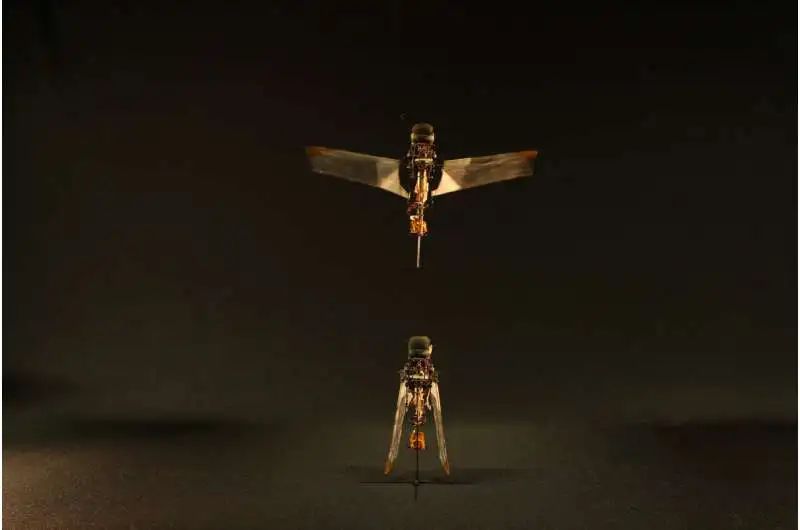

END

● The wave of embodied intelligent robots is coming, another industry grand event is about to start
● Interview with Tsinghua University’s Zhao Mingguo: Accelerating the evolution of Boston Dynamics’ actions, what we need is confidence and innovation!
● The preliminary results of the 2023 National Science and Technology Award have been announced! 9 985 universities shine! Xi’an Jiaotong University and Huazhong University of Science and Technology rank in the top three! (Full list attached)
● Unprecedented! American engineers collaborate with ChatGPT4 to design artificial intelligence chips
● Russian President Putin approves the new version of the “2030 National Strategy for Artificial Intelligence Development”
● With a population of less than 200,000! How did the Danish town of Odense become a global robot center?
● The “Year of Commercialization” has begun, and humanoid robots welcome new powerful players
● Swiss researchers develop a new type of artificial muscle, lighter, safer, and stronger!
● The EU terminates Amazon’s acquisition of iRobot; what will happen to the former giant of vacuum cleaning robots?
● Top ten news in the robot industry in 2023
● Muscular tissue-driven bipedal robots emerge, a breakthrough in biological hybrid robots!
● Professionals discuss the robot-as-a-service model—The future of automation
● A comprehensive overview of China’s humanoid robot research teams
● Amid the heat of humanoid robots, the struggle between progress and resistance
● Who is the most dazzling? Highlights of 53 robot listed companies’ mid-year reports in 2023
● Download the mid-year financial reports of 53 robot listed companies (PDF attached)
● Academician Report|Pan Yunhe: The behavioral intelligence and product intelligence of artificial intelligence
● Academician discusses the new momentum for promoting collaborative intelligent manufacturing of robots
● Academician talks about the six key technologies for innovative design of robots
● Ximu Technology expands new angles of humanoid robot research
● Academician discusses the dual-driving model for future artificial intelligence development
● Academician discusses how institutional intelligence brings “Transformers” from the screen into reality

